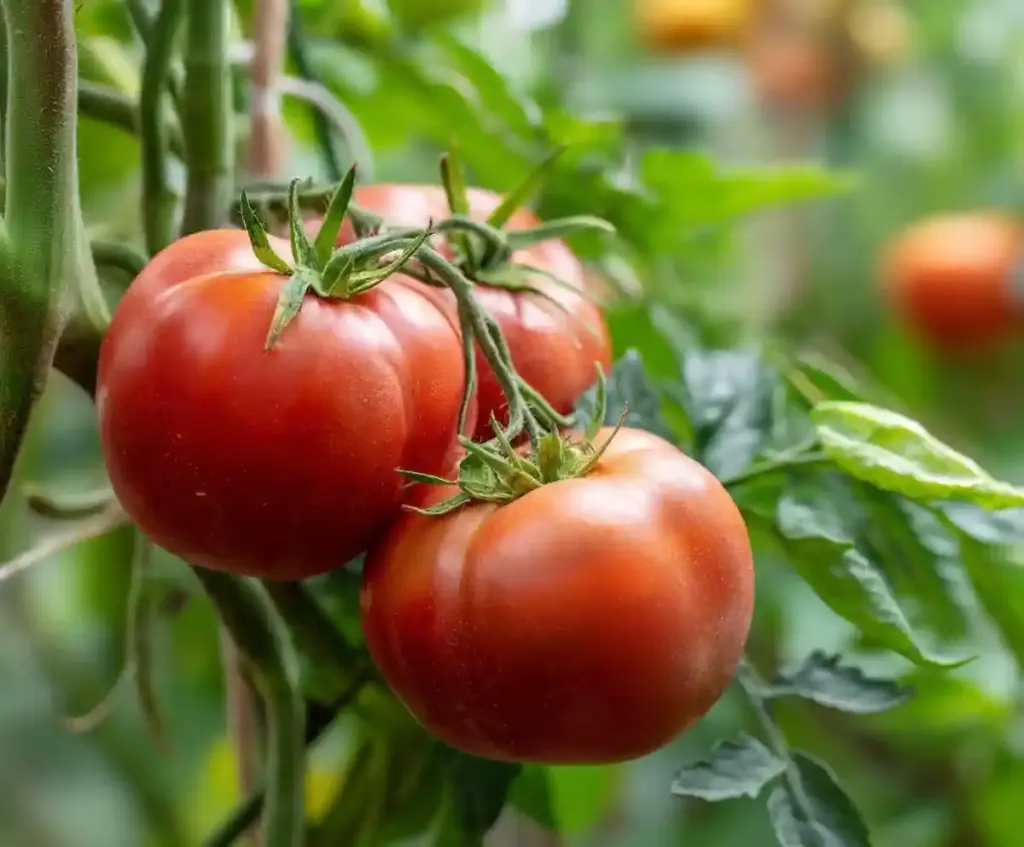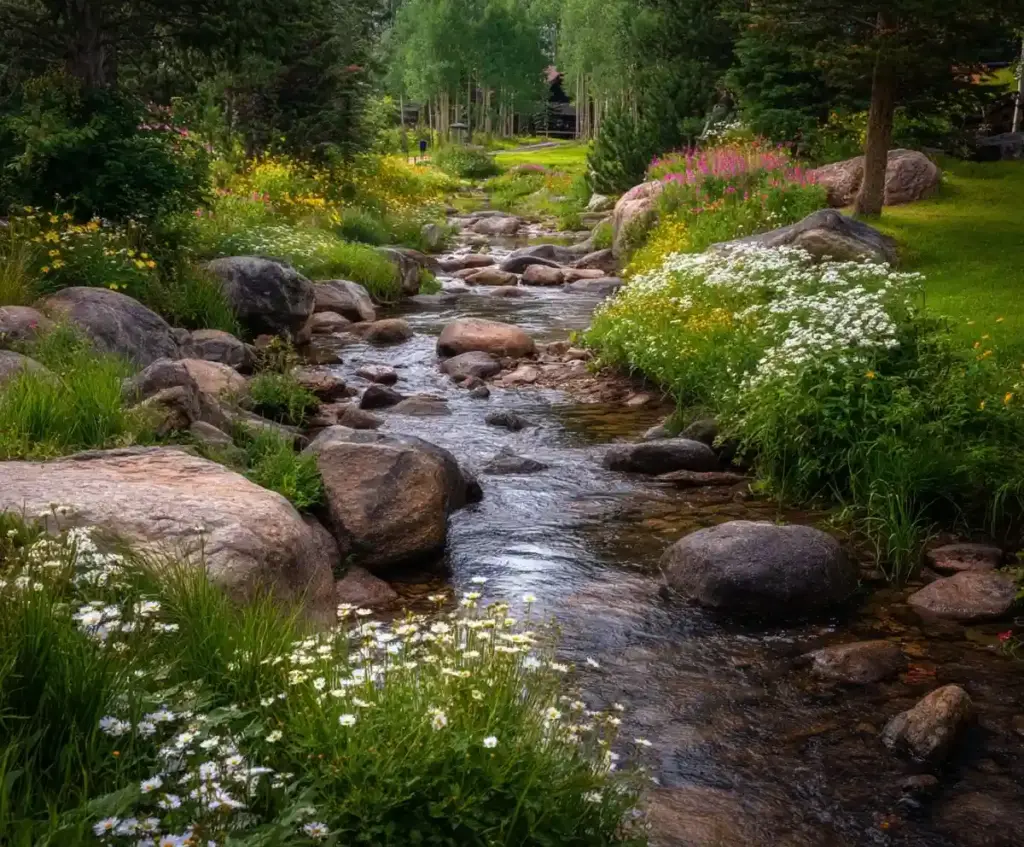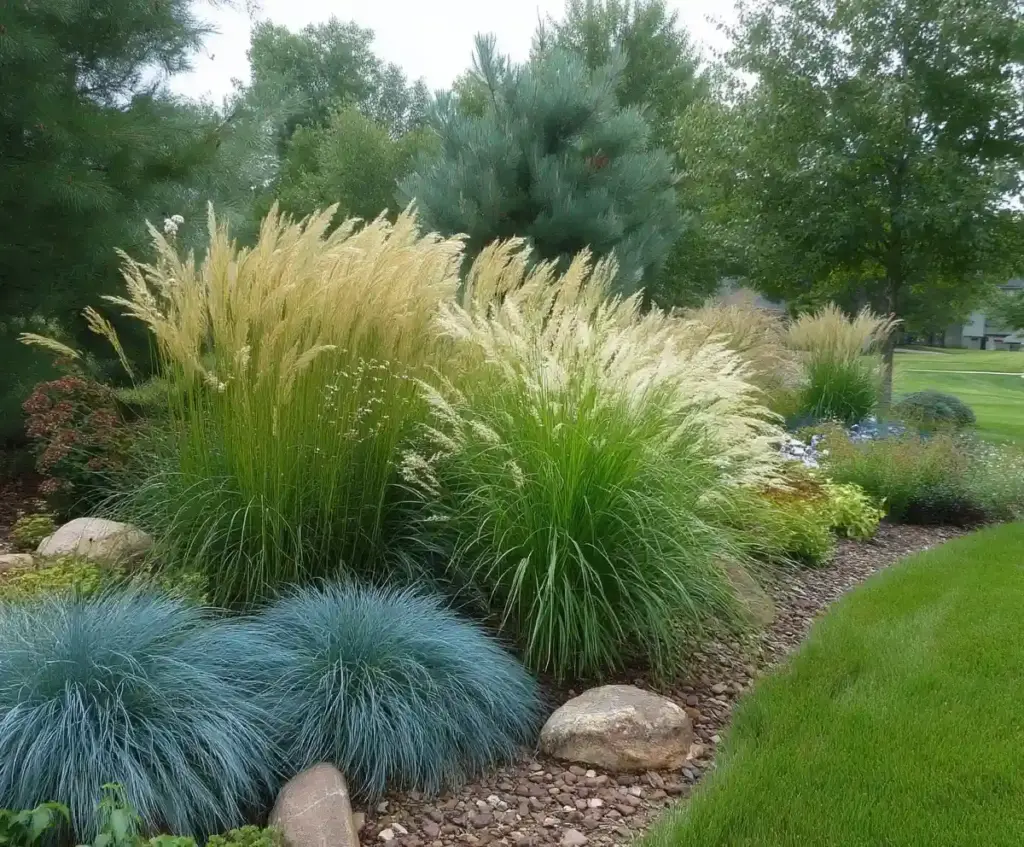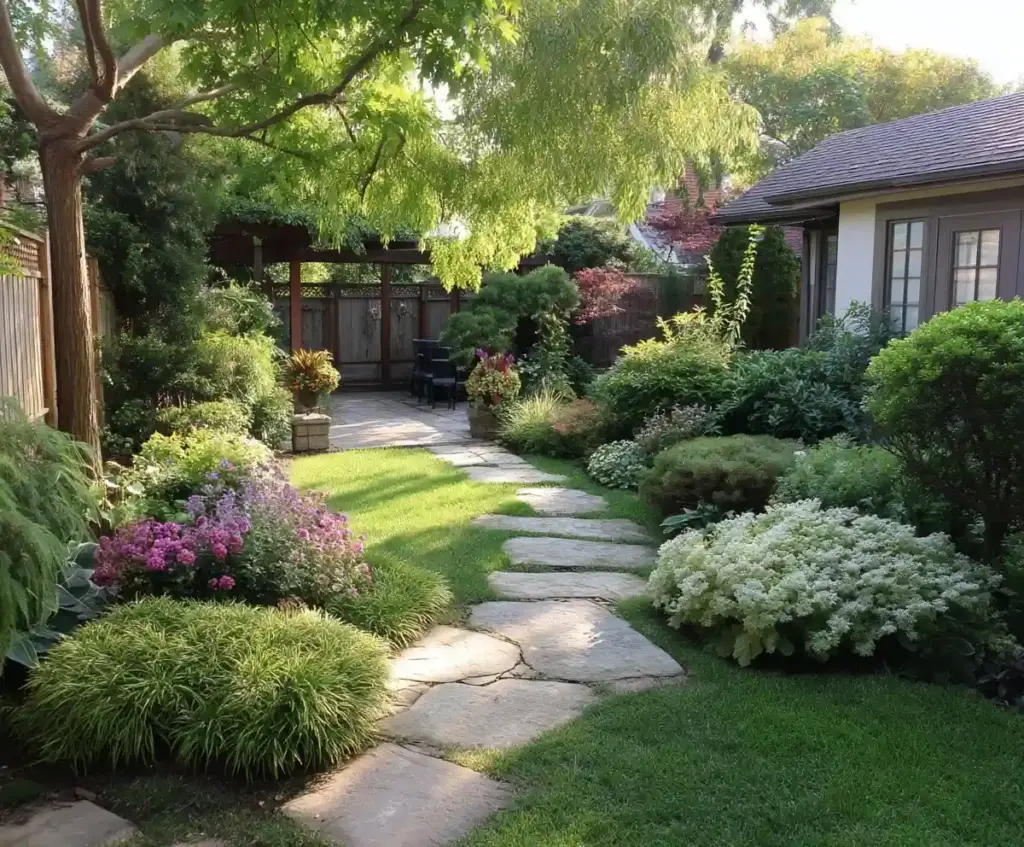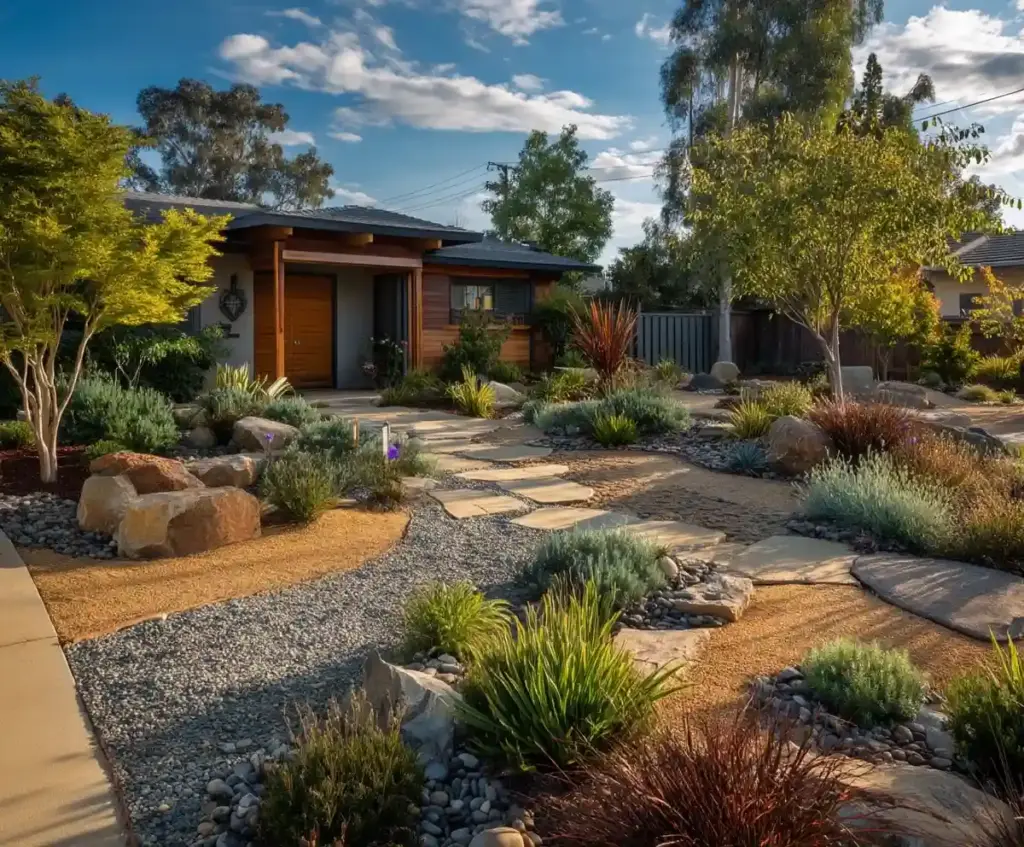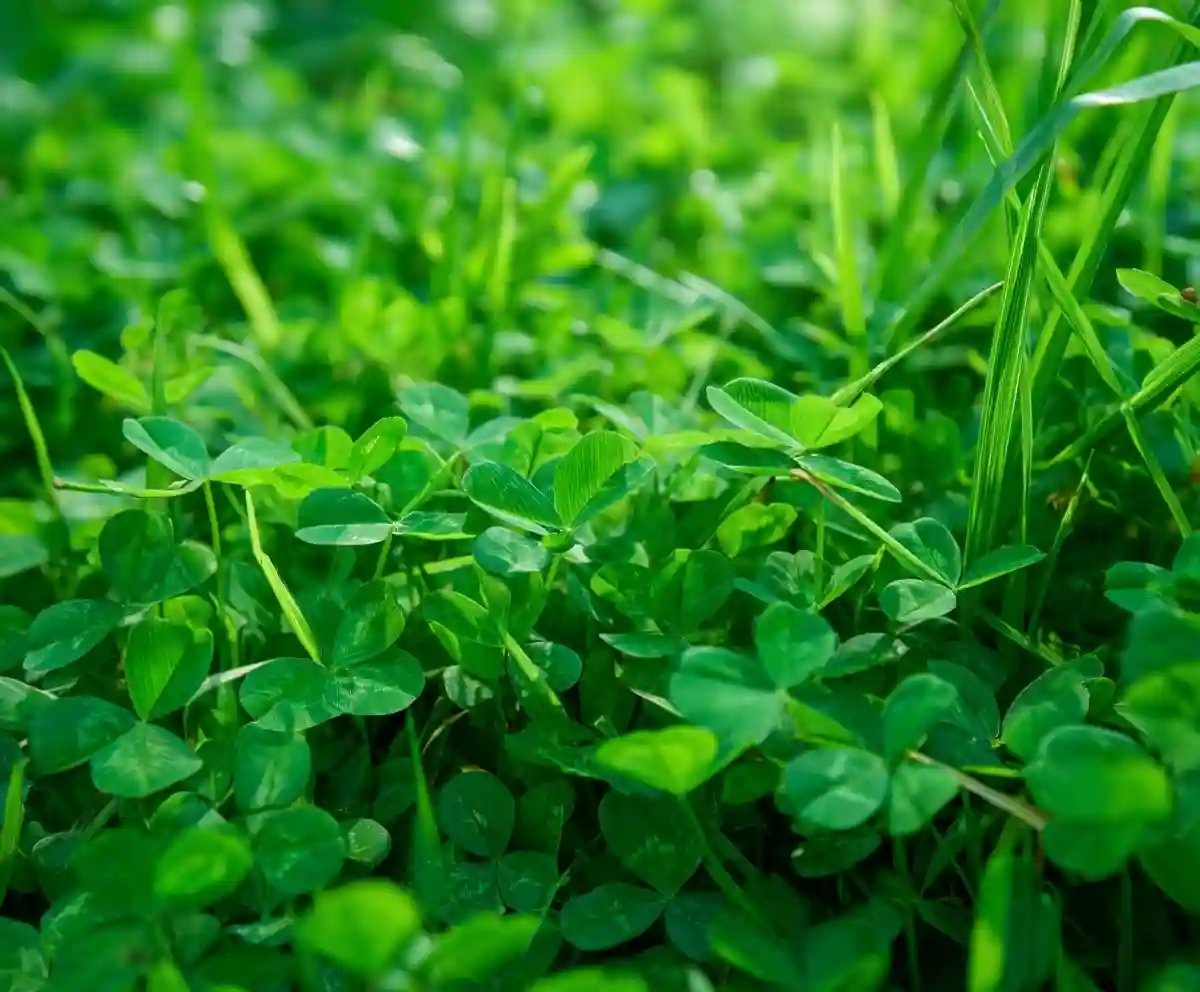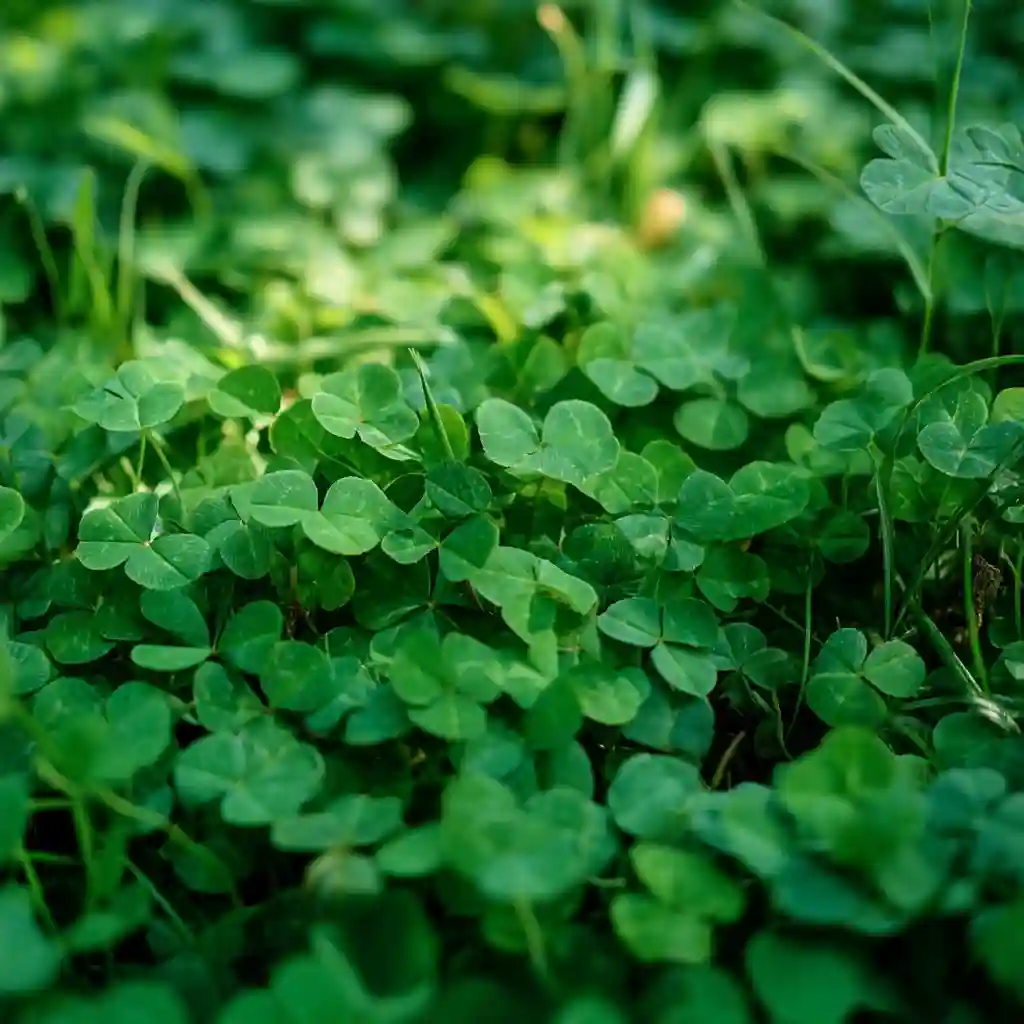Clover lawns are quickly becoming a favorite choice for homeowners seeking a greener, simpler approach to lawn care. Unlike traditional grass lawns that demand constant mowing, watering, and chemical treatments, clover lawns thrive with minimal attention. They stay lush and green through dry spells, naturally enrich the soil, and create a soft, barefoot‑friendly surface that supports local pollinators like bees and butterflies.
By swapping grass for clover, you reduce your environmental footprint, cut down on water usage, and save both time and money—without sacrificing the beauty of a vibrant yard.
Table of Contents
Soil enrichment through nitrogen fixation
One of the greatest benefits of clover lawns is their natural ability to improve soil health. Clover is a legume, which means it forms a unique partnership with nitrogen‑fixing bacteria that live in small nodules on its roots. These microbes pull nitrogen from the air and convert it into a form plants can use, enriching the soil without the need for synthetic fertilizers.
Over time, this built‑in nutrient boost creates a healthier lawn ecosystem. Grass and other plants growing alongside clover benefit from the extra nitrogen, resulting in a greener, more resilient yard. This natural process not only saves you money on lawn care but also reduces chemical runoff that can harm local waterways.
Reduced fertilizer requirements
Because clover lawns naturally add nitrogen to the soil, the need for synthetic fertilizers drops dramatically. Traditional grass lawns often require multiple feedings each year to maintain their color and thickness. In contrast, clover sustains its own lush appearance and shares nutrients with nearby grass, keeping the entire lawn healthier with little intervention.
Reducing fertilizer use also benefits the environment. Fewer chemicals mean less risk of runoff into storm drains and waterways, helping protect local ecosystems. Homeowners enjoy the bonus of lower maintenance costs and a yard that stays green without constant feeding.
Clover lawns are naturally more drought‑tolerant than traditional turfgrass. Clover’s deep root system allows it to access moisture that shallow‑rooted grasses can’t reach. Even during hot, dry spells, clover often stays green while regular lawns turn brown and patchy.
This resilience means you can water less frequently, saving both time and money. In many climates, once a clover lawn is well‑established, it may only need occasional watering during extreme heat. Lower water use not only benefits your utility bill but also supports sustainable landscaping practices in areas prone to drought.
One of the main attractions of clover lawns is how little effort they require compared to traditional grass. Clover grows lower to the ground and maintains a neat appearance without frequent mowing. In most cases, you may only need to mow a few times each season to keep the lawn tidy or to prevent flowering if desired.
Fewer mowing sessions save time, reduce fuel use, and minimize the wear and tear on lawn equipment. Clover also naturally suppresses many common weeds, meaning less time spent on weeding and fewer herbicides needed. For busy homeowners, this combination of low‑effort and high reward makes clover an appealing alternative.
A major advantage of clover lawns is their role in supporting pollinators. When clover blooms, its small white or pink flowers attract bees, butterflies, and other beneficial insects. These pollinators are essential for local ecosystems, helping fruits, vegetables, and ornamental plants thrive.
Unlike traditional grass lawns, which offer little food for wildlife, clover lawns create a living habitat that encourages biodiversity. Homeowners can enjoy the satisfaction of knowing their yard is actively helping the environment. If you prefer a flower‑free lawn, occasional mowing before the blooms appear can limit flowering while still maintaining the lawn’s benefits.
When comparing clover lawns to traditional grass, the differences in maintenance, water use, and chemical dependency are clear. Grass lawns often require frequent mowing, weekly watering during summer, and multiple applications of fertilizer and weed control products to stay green and uniform.
Clover, on the other hand, thrives with minimal care. It stays lush with less water, needs fewer mowings, and can often eliminate the need for chemical fertilizers entirely. While traditional lawns struggle in poor soil or drought conditions, clover adapts quickly and fills in bare spots naturally.
The result is a greener, eco‑friendlier yard that requires less work and expense—without sacrificing beauty or functionality.
Considerations before switching
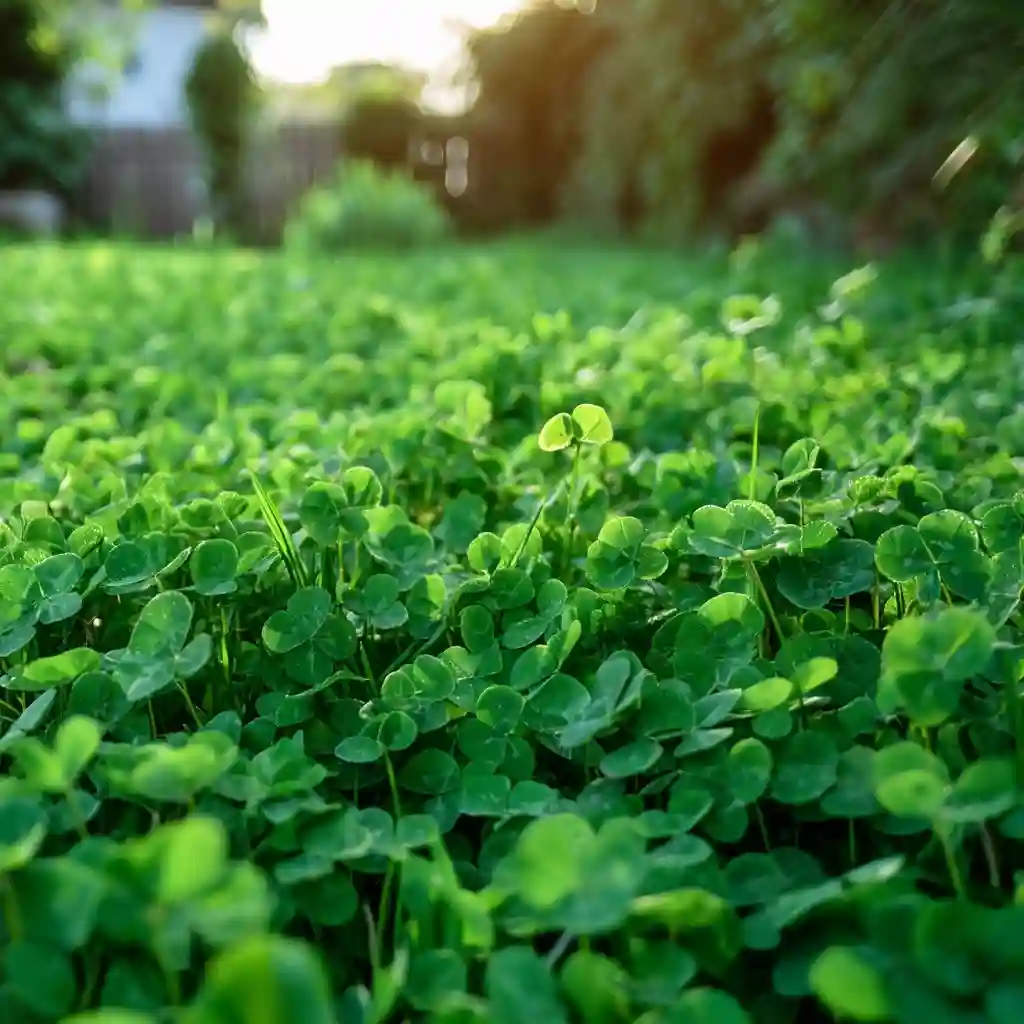
Before replacing your current yard with clover lawns, it’s important to evaluate whether it suits your property and lifestyle. While clover offers many benefits, it may not be ideal for every situation.
- Local regulations: Some neighborhoods or HOAs have rules about lawn appearance or acceptable plant types. Check these before making the switch.
- Aesthetic fit: Clover lawns are lush and green but have a slightly different texture and color than traditional grass. Consider if this look complements your home’s style.
- Foot‑traffic suitability: Clover tolerates moderate traffic but may wear down in areas with heavy use, such as sports or play areas. Combining clover with durable grass species can provide balance.
Thinking through these factors ensures a smooth transition and a lawn that meets both practical and visual expectations.
How to establish a clover lawn
Starting clover lawns is a straightforward process, but proper planning ensures long‑term success. Follow these steps for the best results:
- Choose the right clover seed
- White clover (Dutch clover) is the most common choice for lawns because it stays low and spreads easily.
- Microclover varieties offer a finer texture and fewer flowers, ideal for a manicured look.
- Timing your planting
- Early spring or early fall are the best times to seed, as temperatures are mild and moisture levels are higher.
- Avoid peak summer heat, which can stress new seedlings.
- Prepare the soil
- Remove debris, weeds, and thatch for better seed contact.
- Loosen the top inch of soil and, if possible, lightly rake in compost to encourage healthy growth.
- Seed and water properly
- Spread clover seed evenly, either alone or mixed with grass seed for a blended lawn.
- Water lightly but frequently until germination, which usually takes 7–10 days.
With the right care during establishment, clover will quickly fill in to create a dense, green, low‑maintenance lawn.
Maintenance tips
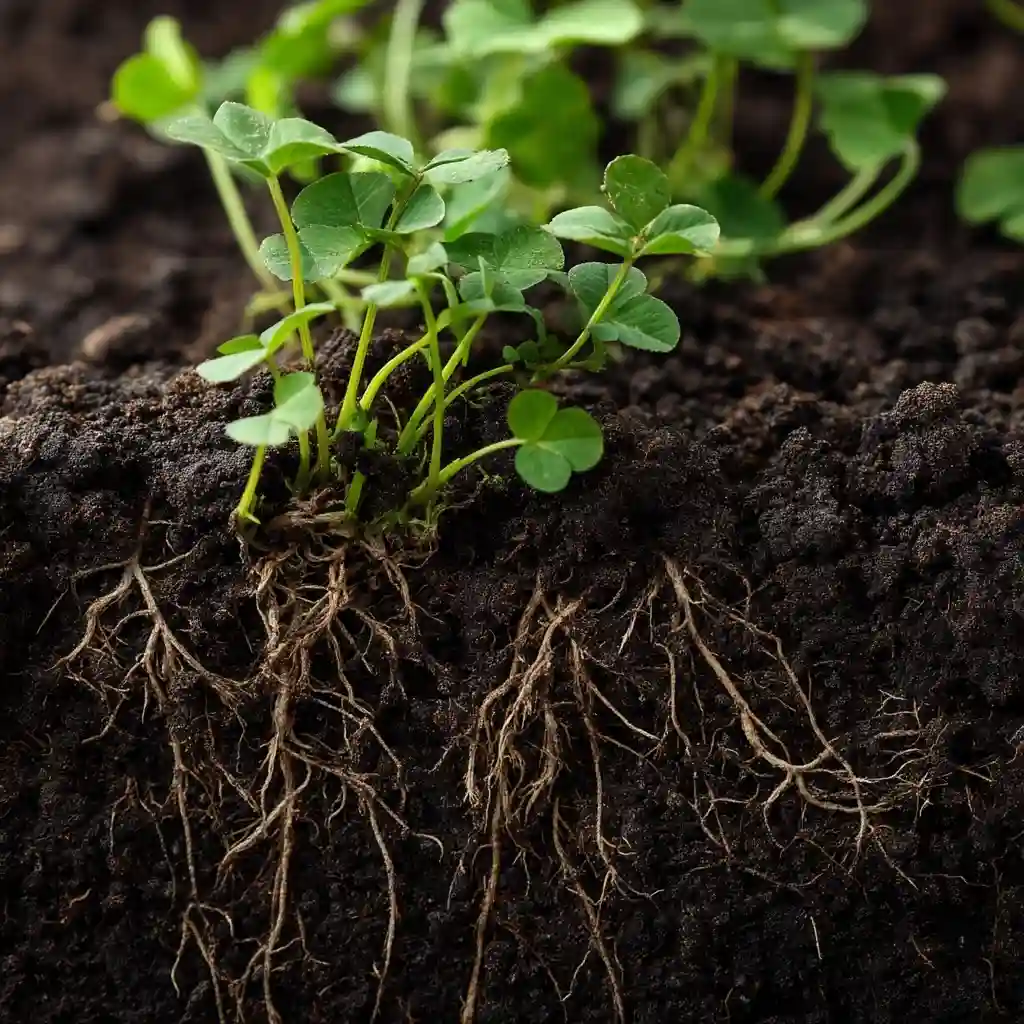
Once clover lawns are established, they require minimal upkeep compared to traditional grass. A few simple habits will keep your lawn healthy and attractive:
- Mowing schedule
- Clover typically only needs mowing a few times per season.
- Mow to 2–3 inches to keep it neat and encourage thick growth.
- Weed management
- Clover naturally suppresses many weeds due to its dense coverage.
- Hand‑pull occasional weeds or spot‑treat if necessary; broad herbicides can harm clover.
- Watering
- Established clover lawns need far less water than grass.
- Water only during prolonged dry spells or extreme heat to maintain vibrancy.
- Optional overseeding
- Lightly overseed every couple of years to maintain density and fill bare spots.
By following these easy steps, your clover lawn will remain lush, green, and eco‑friendly year after year.
Conclusion: Is a clover lawn right for you?
Switching to clover lawns can transform your yard into a low‑maintenance, eco‑friendly space that thrives with less effort. If you’re looking to reduce watering, cut back on fertilizer, and support pollinators—all while enjoying a soft, green lawn—clover is an excellent choice.
While it may not suit heavy‑traffic areas or strict HOA neighborhoods, most homeowners find the benefits far outweigh the drawbacks. Clover’s resilience, natural soil enrichment, and environmental advantages make it a smart alternative to traditional turfgrass.
FAQs
1. Will clover take over my entire yard?
Clover spreads gradually, but it’s not as aggressive as many weeds. Mixing it with grass can create a balanced, resilient lawn.
2. Is clover safe for pets and kids?
Yes, clover lawns are soft, non‑toxic, and safe for play. However, bees attracted to clover flowers can sting, so mow before heavy playtime if necessary.
3. How long does it take to establish a clover lawn?
Clover typically germinates within 7–10 days and can form a full lawn within one growing season with proper care.
4. Can I mix clover with my existing grass lawn?
Absolutely. Overseeding clover into grass is a popular option for creating a low‑maintenance, greener, and more drought‑resistant yard.
5. Does clover stay green all year?
Clover stays green through much of the growing season and often holds color longer during dry spells. In colder climates, it may go dormant in winter but returns in spring.
🌿 Love gardening inspiration? Follow me on Pinterest for bold plant ideas, tips, and seasonal color!
More Posts
